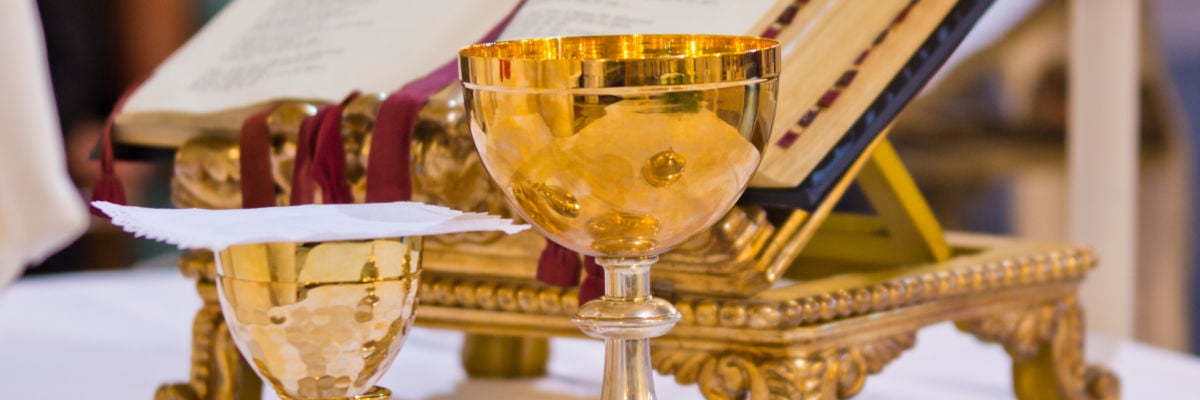
Cardinal Joseph Ratzinger, prefect of the Congregation for the Doctrine of the Faith, has always had a great love for liturgy. He was born on Holy Saturday morning, and he was baptized at the Easter Vigil Mass. This book—The Spirit of the Liturgy —has been on his mind for many years, and he finally finished it in September 1999.
He called it The Spirit of the Liturgy for a purpose: There was a book written in the 1920s by Romano Guardini called On the Spirit of the Liturgy that set the tone for the liturgical movement in the first part and middle of the twentieth century. Cardinal Ratzinger is referring to that, saying that he wants to take what Guardini did and express it in terms that are more appropriate to our times.
Ever since I was a child it always seemed to me that Moses was using a pretext when he told Pharaoh that God wanted the Israelites to go into the desert to worship—we all knew what he really wanted was to escape Egypt and get to the Holy Land. But Cardinal Ratzinger explains what Moses said was true: The primary reason that Scripture gives for the people being called by God out of slavery was to go to Mount Sinai and learn how to worship God within a context of personal morality and social morality. Just having the land is nothing to the Israelites if they don’t have God’s law.
The book is nicely structured. Part one has to do with the foundations of what liturgy is: how it’s related to life and how cosmos, or the world, and history are essential elements of the liturgy. In part two he talks about time and space in the liturgy, including in that the specifics of the church building, the direction of prayer and the altar, and the reservation of the Blessed Sacrament.
Though in churches with a historical altar that can’t be moved he’s in favor of leaving it there for aesthetic reasons, Cardinal Ratzinger thinks moving the altar closer to the people was in keeping with what the Vatican Council wanted. But he does say, “A common turning to the east during the Eucharistic Prayer remains essential.” By “turning to the east” he means that the priest and the people face the Lord together as the priest offers the sacrifice. And then, when the precious body and blood of Christ have been consecrated, the priest turns back to the people and gives it to them.
In part three there’s a chapter on images and art in liturgy and a chapter on music in liturgy. Cardinal Ratzinger knows the Church’s musical tradition and loves it—he loves Gregorian chant and, like the Second Vatican Council, gives it primacy of place. His brother, a priest also, was a famous director of the children’s choir at Regensburg Cathedral, and the Cardinal himself is a great lover of classical music.
He makes it clear, as has the teaching of the Church throughout the last century, that participation does not always mean everyone singing together. That’s an important element of the liturgy, and it should not be absent, but listening to a choir perform sacred music during Mass is full participation in Cardinal Ratzinger’s mind.
In one sense, this book is his opinion—he’s not writing officially as head of the Congregation for the Doctrine of the Faith—but he’s someone who has been steeped in the Church’s liturgical and doctrinal traditions. He says one of the things we learn is that liturgy is not something we can make on our own, it’s something we receive from God. And God gives explicit instructions from Sinai as to how we are supposed to worship him.
Ignatius Press has published seven or eight hundred books since 1980—all of them good or we wouldn’t have published them—but if I had to pick one of them I’d want to keep with me, it would be The Spirit of the Liturgy. It’s a masterpiece by Cardinal Ratzinger near the end of a long and fruitful life, it’s on what’s at the heart of our lives as Catholics, and it’s at a time when there’s a lot of confusion. This and the Catechism of the Catholic Church are all I need on my desert island.



